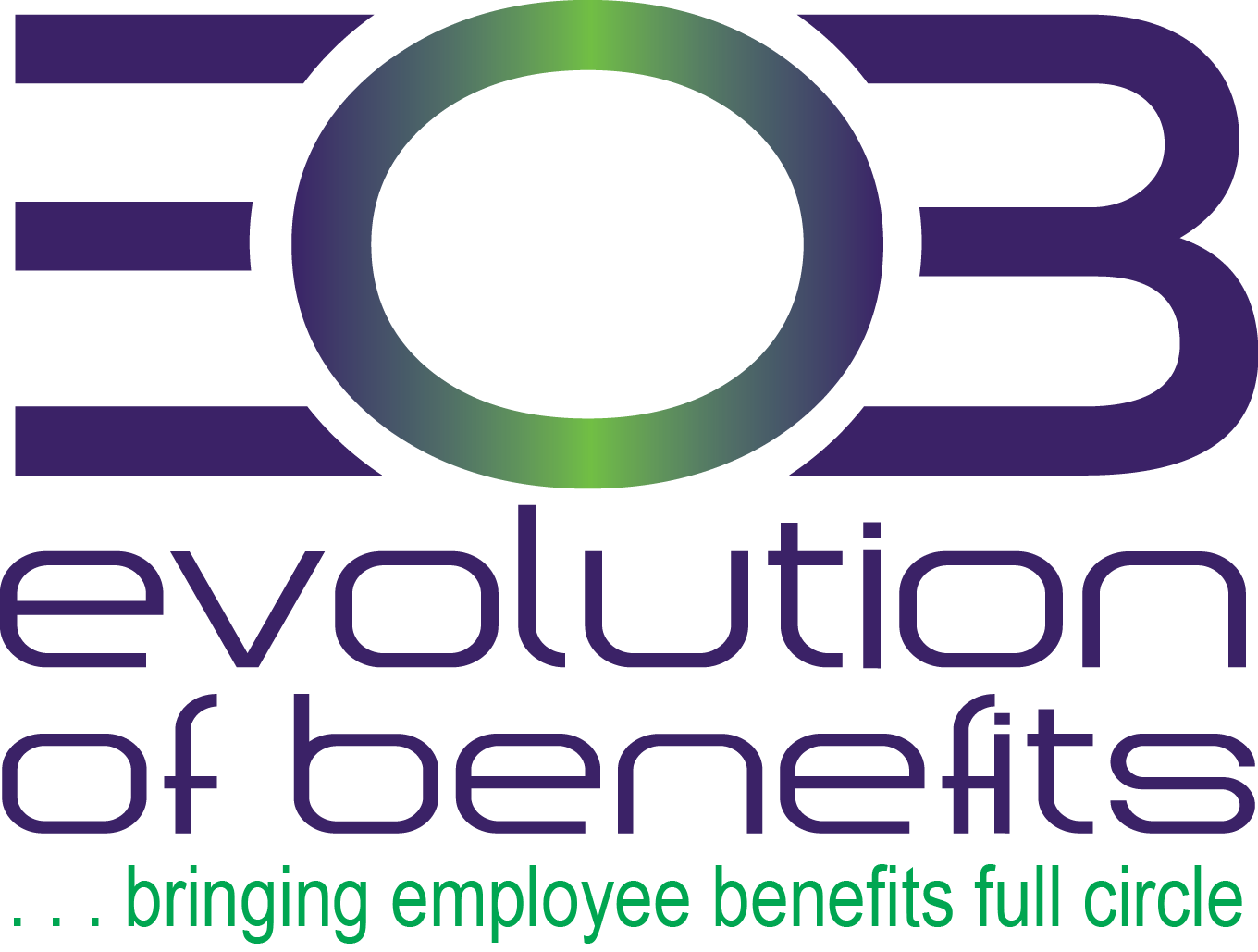On July 26, 2021, the U.S. Department of Justice (DOJ) and Department of Health and Human Services (DHHS) issued joint guidance on a medical condition called “long COVID” and how it may be considered a disability under various federal laws that protect individuals against discrimination. These laws include:
• Title II of the Americans with Disabilities Act (ADA), which applies to state and local governments;
• Title III of the ADA, which applies to public accommodations;
• Section 504 of the Rehabilitation Act of 1973 (Section 504), which applies to certain schools and other educational entities; and
• Section 1557 of the Patient Protection and Affordable Care Act (Section 1557), which applies to certain health plans.
Although employment is outside the scope of topics addressed in the new guidance, it includes information that may be relevant to employers. For example, it may help determine whether an individual with long COVID has a disability under Title I of the ADA or Section 501 of the Rehabilitation Act, both of which apply to employers with 15 or more employees. However, employers that wish to learn more about workplace issues relating to COVID-19 should review separate guidance issued by the U.S. Equal Employment Opportunity Commission (EEOC).
Action Steps
All employers should follow the most current guidelines and suggestions for maintaining workplace safety, as issued by the Centers for Disease Control and Prevention (CDC) and any applicable state or local health agencies. Businesses and other entities subject to the laws listed above should also review the guidance issued by the DOJ and DHHS, which is provided in this Compliance Bulletin below.
What Is Long COVID, and What Are its Symptoms?
According to the CDC, people with long COVID have a range of new or ongoing symptoms that can last weeks or months after being infected with the virus that causes COVID-19 and that can worsen with physical or mental activity. Examples of common symptoms of long COVID include:
• Tiredness or fatigue;
• Difficulty thinking or concentrating (sometimes called “brain fog”);
• Shortness of breath or difficulty breathing;
• Headache;
• Dizziness on standing;
• Fast-beating or pounding heart (known as heart palpitations);
• Chest pain;
• Cough;
• Joint or muscle pain;
• Depression or anxiety;
• Fever; and
• Loss of taste or smell.
This list is not exhaustive. Some people also experience damage to multiple organs, including the heart, lungs, kidneys, skin and brain.
Is Long COVID Always a Disability?
What Rights Do People Whose Long COVID Qualifies as a Disability Have Under the ADA, Section 504 and Section 1557?
What Federal Resources Are There For People With Symptoms of Long COVID?
Click here to view and download the latest Compliance Bulletin





